Gone are the days when people used fragmented keywords to look for information on Google and other search engines. Nowadays, users tend to ask many different elaborate questions in their queries, expecting precise and prompt responses.
Search engines have improved to the point where they are smart enough to understand the topical context behind the search intent and tie it back to similar searches they have encountered in the past. As a result, they can present web pages that provide the most fitting answer to the query.
As search engines algorithm is ever-evolving, digital marketers must adopt new strategies to stay ahead. The trend that has proved a great success in recent years is the shift to a topic cluster model for SEO; topical relevance is now more important than ever to boost organic traffic and achieve topical authority.
What is Topical Authority?
Topical authority refers to a new semantic SEO strategy that helps your website rank higher on SERPs.
A website can increase topical authority in several ways. One way involves researching and producing high-quality content that covers a wide range of related subtopics within a given topic. By offering comprehensive content which is more accurate and up-to-date than other sites, a website can establish itself as a leading authority in its field.
Search engines want to provide the most relevant and useful results to their users, so they use topical authority as a metric to determine how trustworthy and reliable your website is to both visitors and search engines.
To achieve topical authority, you need to create a topical map that will help you organise your site structure so that search engine crawlers can navigate your website smoothly and better analyse and understand the topics you’re covering.
How can I create a Topical Content Map?
To create a topical map for a website, you must organise the content of your website into a hierarchy of categories and sub-topics, with each page focusing on a specific topic.
The idea is to provide a clear and logical structure that makes it easy for search engines and users to identify the main topics and sub-topics covered by your website. As a result, it improves its visibility in search results, increases engagement and ultimately leads to more organic traffic and conversions.
Here are the steps to take to create an effective topical map for your website.
Conduct keyword research
There are different ways to conduct keyword research, and some of them include free online resources like ChatGPT and Google Keyword Planner. They are great tools to identify the keywords that are most relevant to your business and that your target audience uses to find products or services like yours.
ChatGPT is very straightforward, which makes it a convenient tool to use if you don’t have experience in SEO. Open the ChatGPT chatbot and type in details related to your keyword research. For example, if you sell clothes, you can ask ‘Give me 10 keywords for winter coat’ and click enter.
You can then ask the chatbot to find long-tail keywords for a given keyword and anything else you need using the same technique.
Google Keyword Planner is a Google Ads’ feature. You need to create an account, then it’s free to use for keyword research. The Keyword Planner comes with two options: start with keywords, or with a website.
Let’s say your website is about audio visual products. Start with keywords: relevant keywords to enter could be ‘audio visual products’, ‘audio visual specialists’ and ‘AV solutions’.
Click ‘Get results’ to have an overview of the keyword suggestions related to your query. You can also broaden your search with suggested associated keywords.
Google Keywords Planner gives you the option to download data in .csv or Google sheets format.
Understanding what keywords your competitors use to rank high on Google Search is crucial to help you develop your own strategy. Use the ‘Start with a website’ option to analyse your competitors’ websites and generate more keyword ideas.
A SERP analysis can also help you create a list of related entities and queries. Google Knowledge Graph, auto-suggestions and People Also Ask offer valuable insights into what your target audience is interested in. Simply type in some keywords that describe your business’ services and products, like ‘audio visual products’ for instance.
At the bottom of the results page, you will also find related queries.
Google Knowledge Graph won’t always appear in the search results, but when it does, it looks like what you see in the image below.
As for paid options, Ahrefs offers a comprehensive analysis of keywords and competitors’ websites. The Keywords Explorer section provides you with an overview of your keyword query, from keyword difficulty to global volume and associated questions.
Enter one or more keywords to generate an extensive analysis.
To analyse a competitor’s website, type in your own site address in the Site Explorer section, then click ‘Competing domain’ to get valuable keyword metrics.
Select the relevant country for your research.
The goal of conducting keyword research is to give you an idea of what people are most likely to look for when using specific keywords. It will make it easier for you to understand what content needs to be uploaded to your website so it stands out from your competitors.
As you must explore all areas that your business covers when researching relevant keywords, you will probably come up with thousands of keyword ideas. Create a spreadsheet and lay them all out to make it easier to track your progress. Remove duplicates and the ones that seem too irrelevant to use in your content.
The next step is to organise your selection of keywords by clusters.
Group keywords into clusters
Keyword clustering is a technique used in search engine optimisation to organise and group keywords into clusters based on their relevance to each other.
Keyword clusters are essential for search engines to understand the context and relevance of a website’s content, which leads to better ranking in search results. These clusters should be based on the theme or topic of the website, and each cluster must contain a group of closely related keywords.
Creating clusters manually can be time-consuming, especially if you’re dealing with thousands of keywords. The most efficient way to start organising your clusters is to use free SERP or NLP-based keyword clustering tools that will automate that process, allowing you to obtain accurate results in just a few minutes.
Zenbrief provides an intuitive platform that enables you to insert up to 30 000 keywords and export the results in .xlsx format. Click ‘Create clusters’ to see cluster suggestions and download them.
Cluster Amy and SEO Scout work the same: type in your list of keywords and click ‘submit’ to view the results and download them.
It is helpful to use a few different keyword clustering tools as they will give you slightly different suggestions, some being more accurate than others. You can then analyse the cluster suggestions and move some keywords from one category to another if you feel that it makes more sense.
Define the search intent behind the keywords
When the search intent is clearly identified, it becomes easier to create content that matches the needs of your target audience and provides them with the information they are looking for when using specific keywords.
If your content is not well-matched to the search intent, users may not find it relevant and they will be more likely to bounce off the website, leading to a poor user experience.
Create content pillars
Use the keyword clusters to define your content pillars, which are the main topics that you want to cover on your website. Each main topic – the pillar – should be based on a specific keyword cluster and must cover all of the sub-topics related to that cluster. You can use different online resources to facilitate this process and visualise what your tropical map and site structure could look like.
AlsoAsked and AnwserThePublic come with three free searches per day with a free plan. Enter a question, keyword or search query and these tools will generate a potential topical map that will give you useful information on what people are searching for when typing in these keywords. AlsoAsked and AnswerThePublic both allow you to download the results.
Analyse your existing content
Is there content on your website that you could update to improve its ranking? What topics need to be addressed? Analysing your existing content is a crucial step that allows for the identification of gaps. It informs the development of a topical map strategy and ensures that it is aligned with the overall goals and objectives of the website. Additionally, auditing existing content can also reveal duplicate or low-quality content that may need to be removed or improved to boost the ranking performance.
Analysing your existing content can prove time and cost-effective as you might only need to make minor changes for your articles to fit within your topical content map strategy.
Use internal linking
Using the keyword clusters and content pillars, you can then organise and create blog articles and other pieces of content. Each one must focus on a specific topic which is reflected in the title, headings, and URL of the page. When creating a topical map, it is also important to ensure that the link juice flows between all the pages within a given topic.
By creating a clear hierarchy of information within a website and linking related pages together, you can significantly improve the user experience while gaining topical authority in your niche. As search engines pay attention to the surrounding words within a paragraph to understand the topic you’re covering, internal links should only be included if they fit the context of the whole paragraph.
The same thing applies to the use of keywords. Though it’s important to use many keywords from your clusters within your content, you shouldn’t overload it with them. The focus must always be on providing the best value to the visitor and not just using keywords or internal links as many times as possible, as it can affect negatively both user experience and search engine ranking.
Why is it Important to Create a Topical Content Map?
A topical map strategy is an essential aspect of SEO as it enables search engines to determine the topical authority of a website according to its expertise and relevance in its niche. Adopting this strategy for your website comes with many benefits including:
Improved Crawlability
Organising your content into a logical structure makes it easier for search engine crawlers to navigate your website, analyse and discover your context, and index the pages. That way, your website will be fully indexed, and your web pages are more likely to show up in relevant search results.
Increased Relevance
By grouping related content and labelling it appropriately, a topical map simplifies the search engines’ understanding of the context of your website’s content. This means that the pages on the site are more likely to be considered relevant for specific keywords and phrases, which ultimately leads to better rankings.
Improved User Experience
A clear and logical structure offers a seamless experience for the visitors when navigating your website as the information they are looking for is easy to find. As a result, it improves the overall user experience and increases engagement and the likelihood that they will return to the website in the future.
Effective Internal Link Strategy
Topical maps allow for more efficient use of internal linking between relevant pages. It improves the overall link structure of the site and helps pass the link juice and authority to the deeper pages and important sections of the website.
Unique Content is Highlighted
If you produce unique high-quality content which is properly organised and highlighted through a topical map strategy, your content will be more visible therefore more likely to be discovered by both visitors and search engines.
Better Understanding of the Audience’s Intent
Grouping the content around specific topics facilitates the process of identifying the audience’s intent when visiting your website and optimises your blog articles and other types of content to provide them with the information they were looking for.
Better Targeting Specific Keywords and Phrases
When your website’s structure is organised around specific topics and keywords, it allows you to better target these keywords and phrases, which in turn increases the chances of ranking higher in the search engine results pages.
Cost-Effectiveness
Carrying out a backlink strategy can be very expensive and time-consuming, especially if you’re targeting high-authority websites. Also, backlinks may lose value over time if the linking website’s relevance or authority decreases. A topical map strategy will allow you to rank higher on SERPs, even If you don’t have any backlink strategy in place.
Targeted Content Marketing
Topical maps enable you to create more targeted and effective copies by identifying what type of content is missing from your website. It helps attract new visitors and drive more engagement and conversions.
Conclusion
A topical map strategy is a crucial part of any SEO effort when it comes to building a website that is both user-friendly and search engine-friendly.
By clearly outlining the main topics and sub-topics that a website covers, topical maps help search engines understand the website’s content and its relevance to specific search queries, which has a positive impact on building and increasing topical authority in your field.
A topical map is a strategy that also benefits the users by making it easier for them to find and consume the information they need. Topical maps are ideal for quickly identifying gaps in content and providing guidance for creating new, targeted and relevant content that will not only attract new visitors but also encourage the ones who already discovered your website to return.
Glossary
| Terms | Definition |
|---|---|
| Ahrefs | A paid web-based tool that allows users to analyse SEO data for websites. The tool can be used to track backlink data, keyword rankings, and other metrics to identify opportunities for improving a website's search engine performance. |
| Backlink | A strategy that helps establish high authority by getting links that connect one website to another. |
| ChatGPT | An AI model that uses deep learning to generate natural-sounding text based on a given prompt. |
| Content pillar | A main topic that a website aims to cover in depth which is used as a foundation for a topical map strategy. |
| Crawlers | Bots used by search engines which navigate the internet in order to collect and index information. |
| Google Ads | An online advertising platform developed by Google where businesses can create and display ads to reach users searching for specific keywords or browsing specific websites. |
| Google Knowledge Graph | A system used by Google to enhance its search results with semantic-search information gathered from various sources. |
| Internal link | A link within a website that connects one page to another within the same domain. |
| Keyword clustering | The process of grouping keywords or phrases based on semantic relevance. |
| Link juice | The value or authority that a website or a web page receives from other sites that link to it. Link juice is passed from one page to another through links and helps improve the search engine rankings of the linked-to site. |
| People Also Ask | A feature that appears in the Google SERP that provides users with related questions and answers to their query. |
| Semantic SEO | A type of SEO that focuses on the meaning behind words and phrases rather than just the keywords themselves. It involves identifying the intent and context of a search query and making sure that the website's content provides the most accurate and informative answer. |
| SERP | Short for Search Engine Results Page, it is the page that a search engine displays in response to a query from a user. The SERP typically includes a list of links to websites, as well as other types of content such as images, videos, and maps. |
| Topical authority | A website's level of expertise and trustworthiness in a specific niche. It is determined by analysing the quality of content, backlinks, and other factors of a website's authority. |
| Topical map | A table of contents that outlines the main topics and subtopics that a website covers, and the connections between them. |
| Topical relevance | The degree to which a website's content is related to a specific topic. |

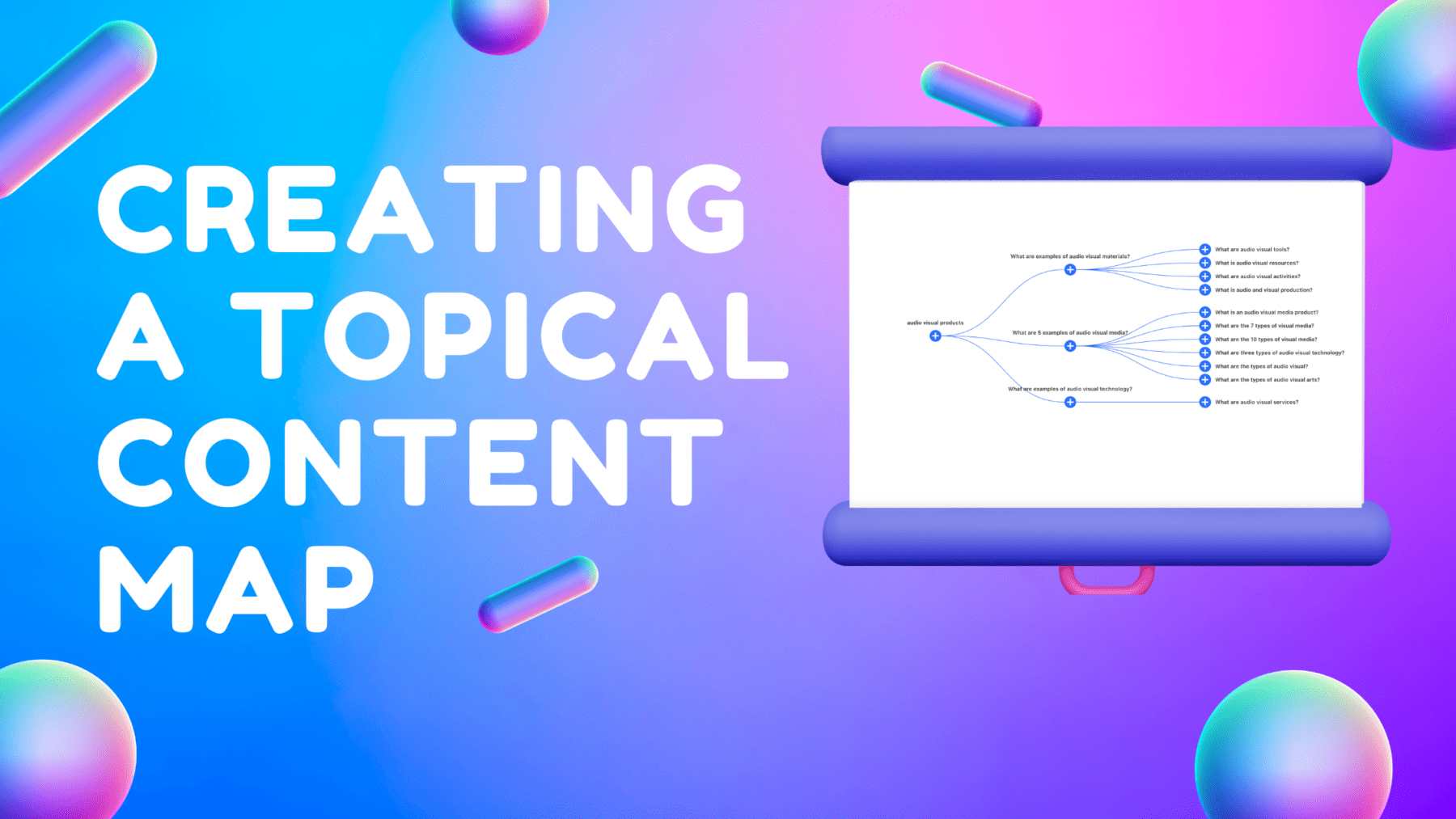
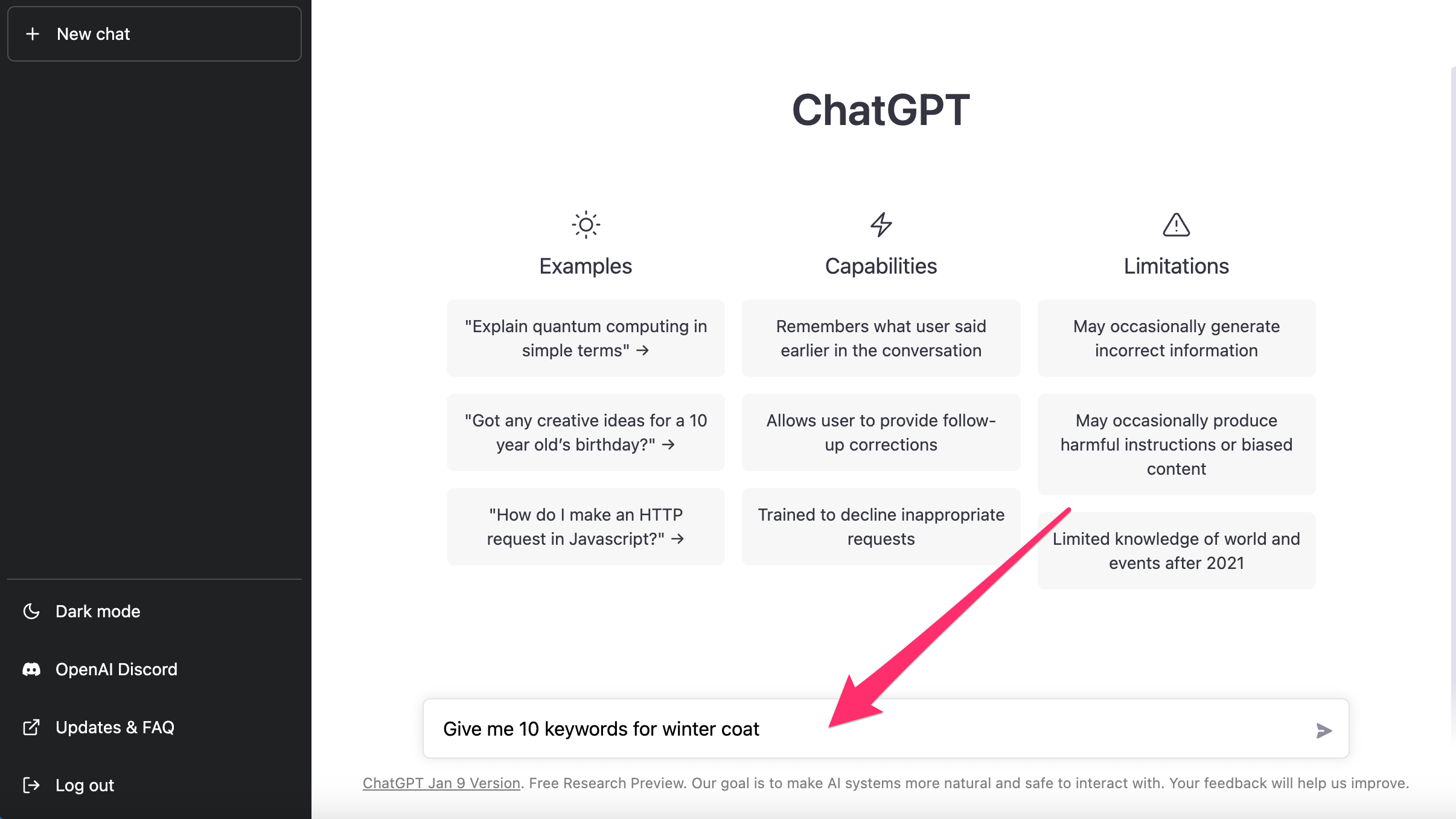
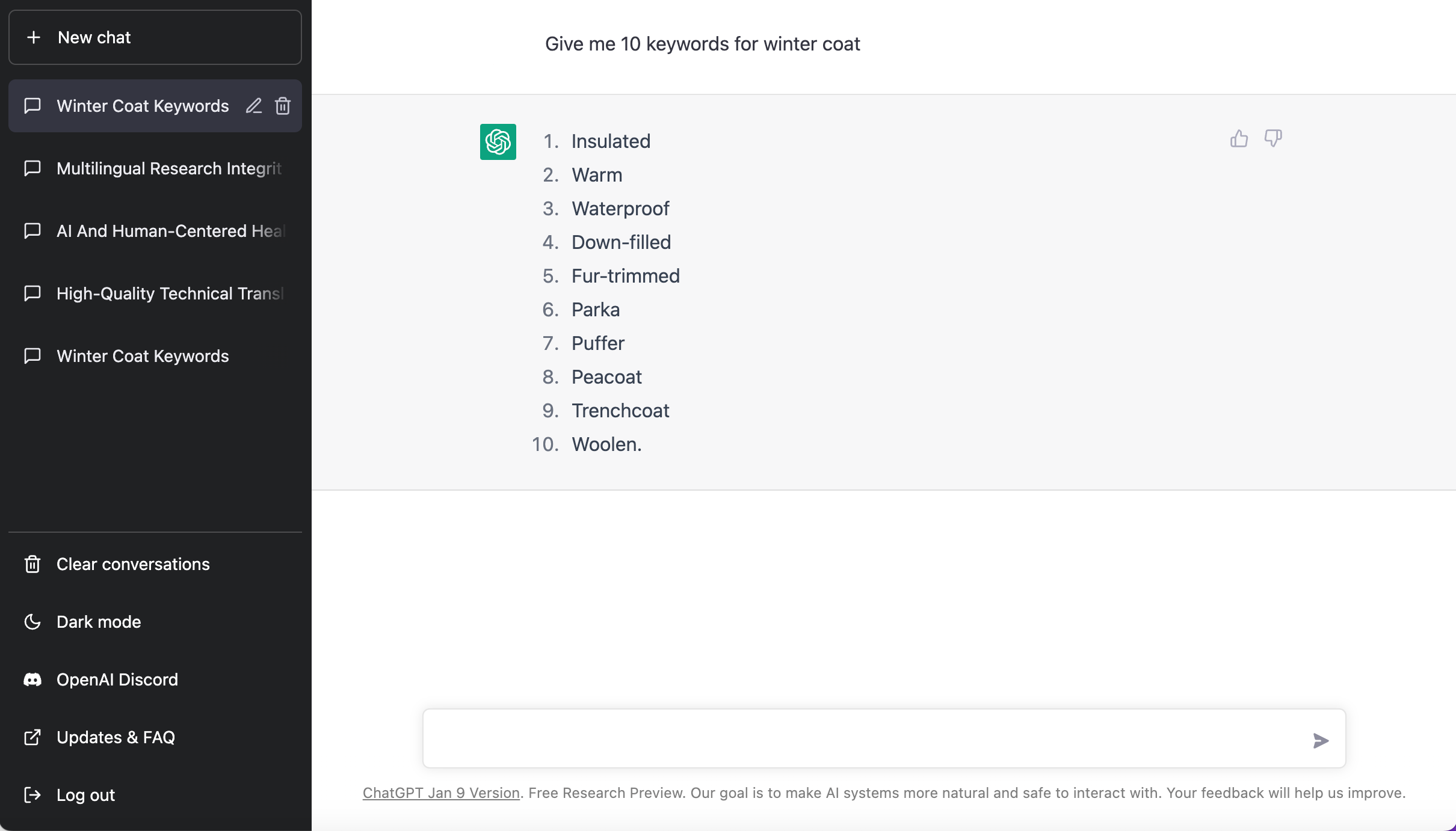
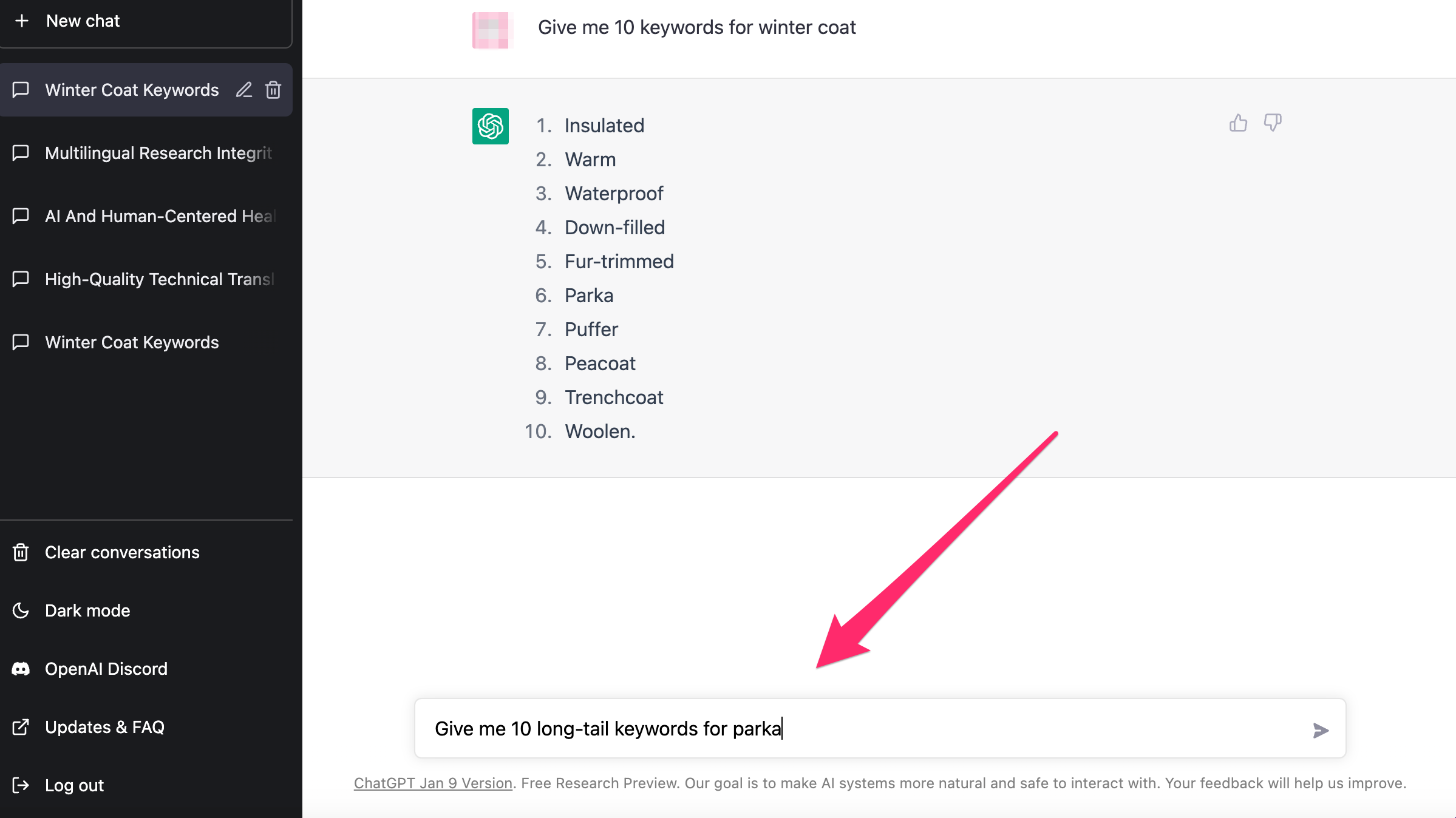
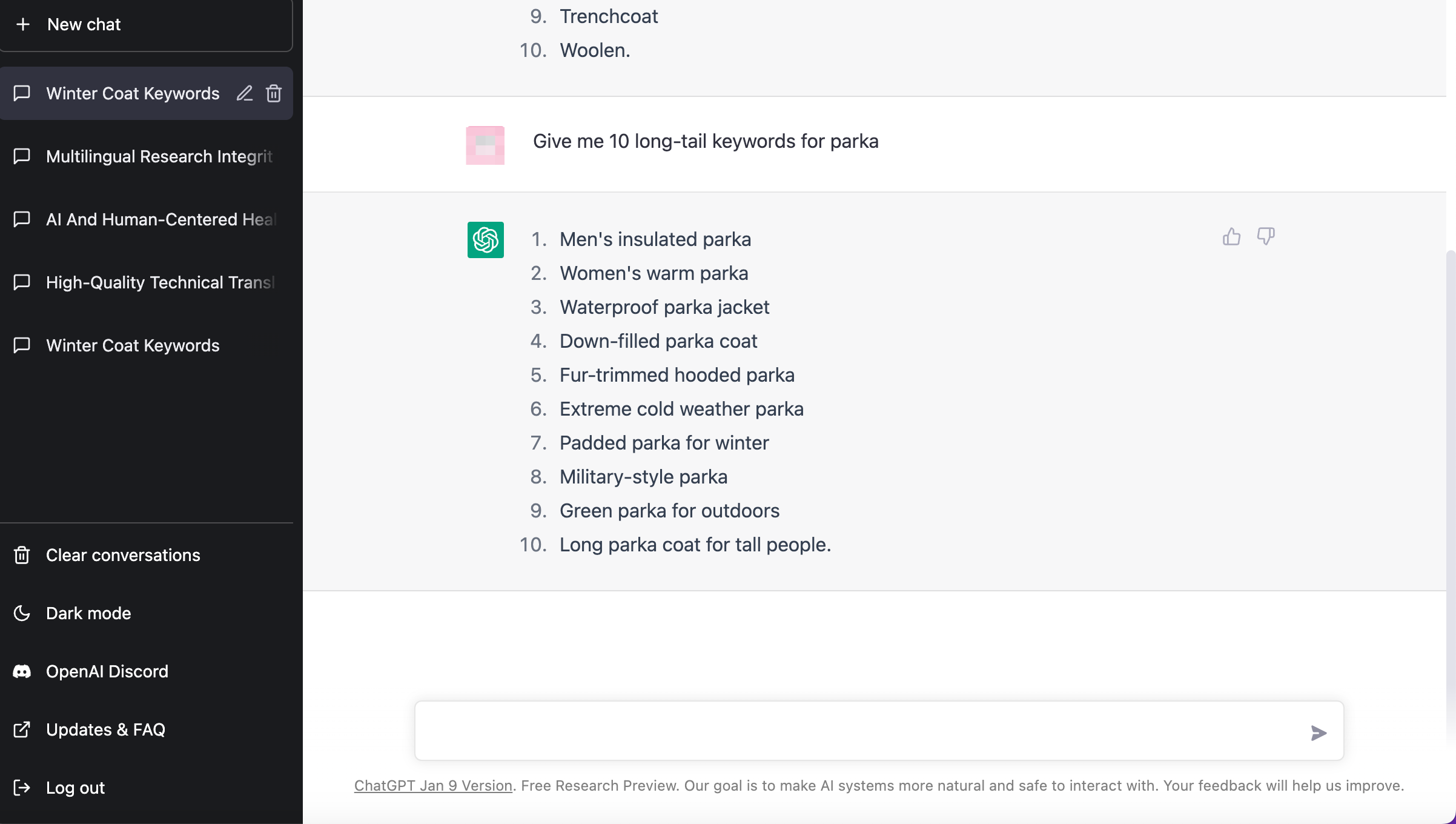

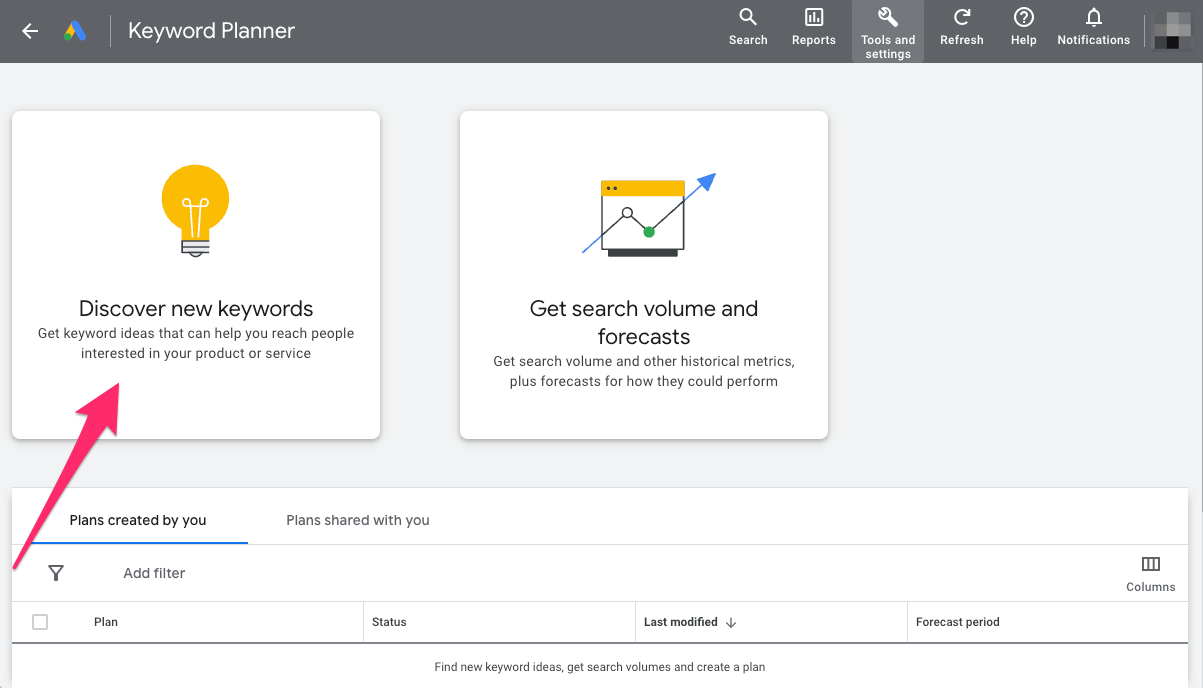
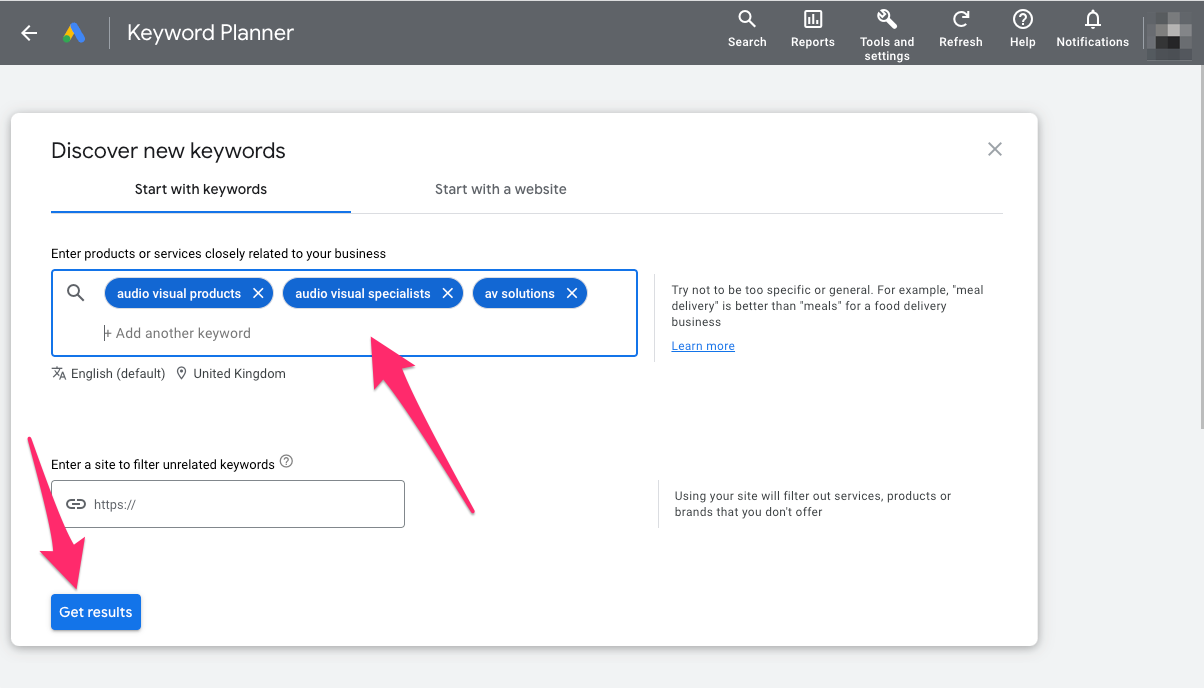
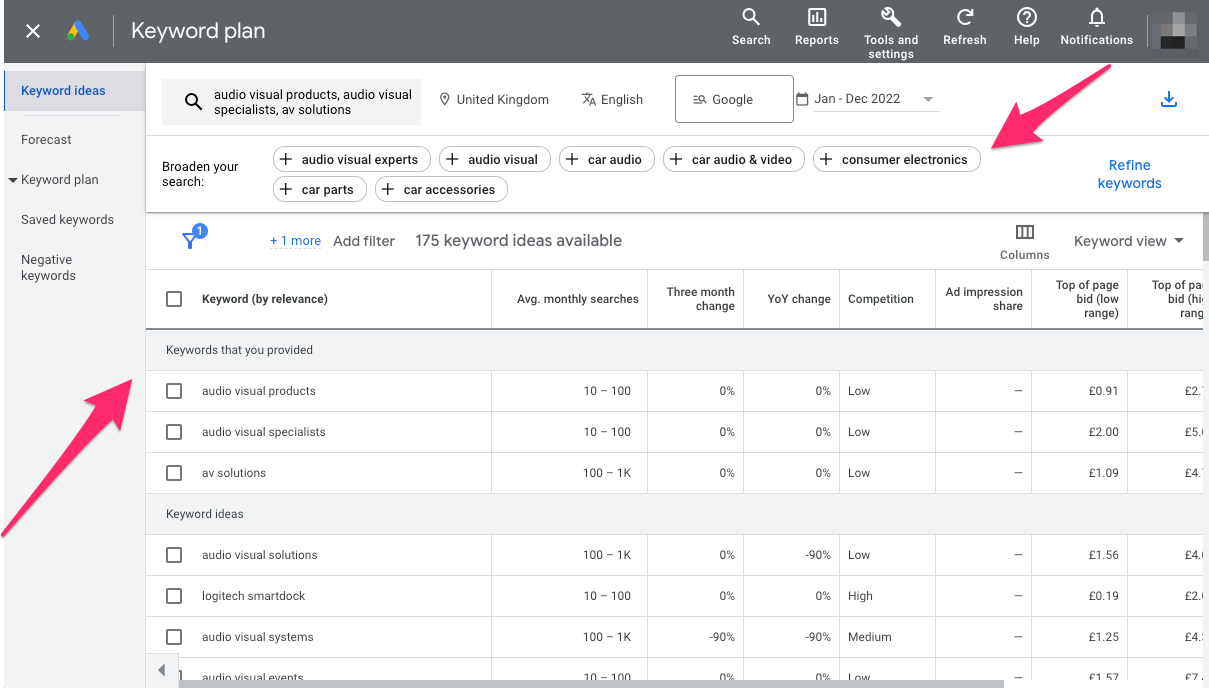

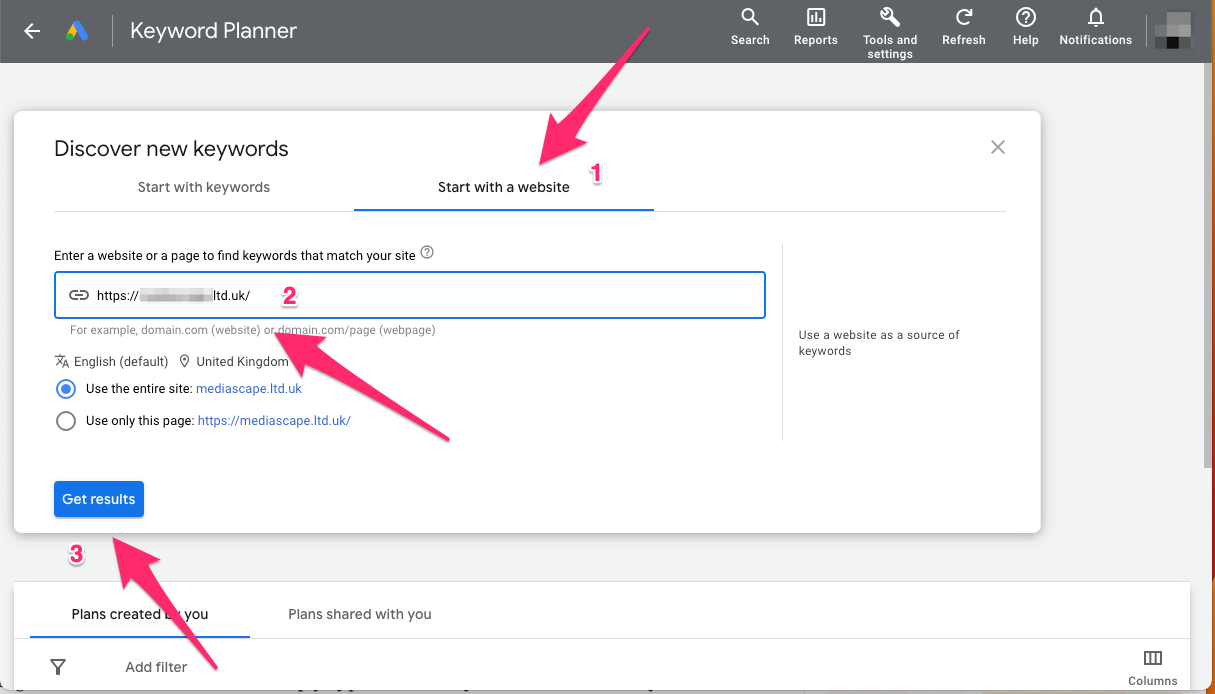
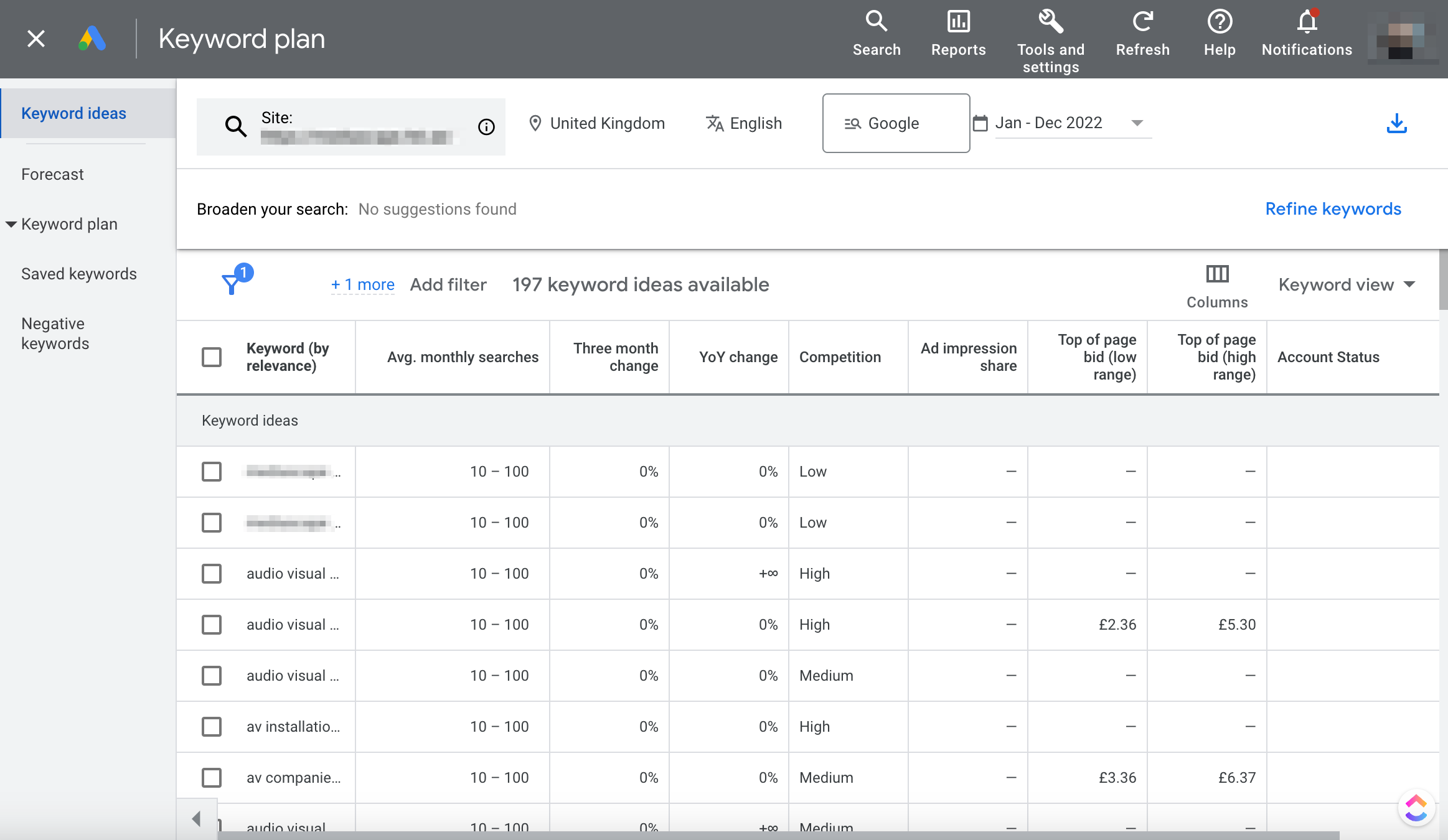

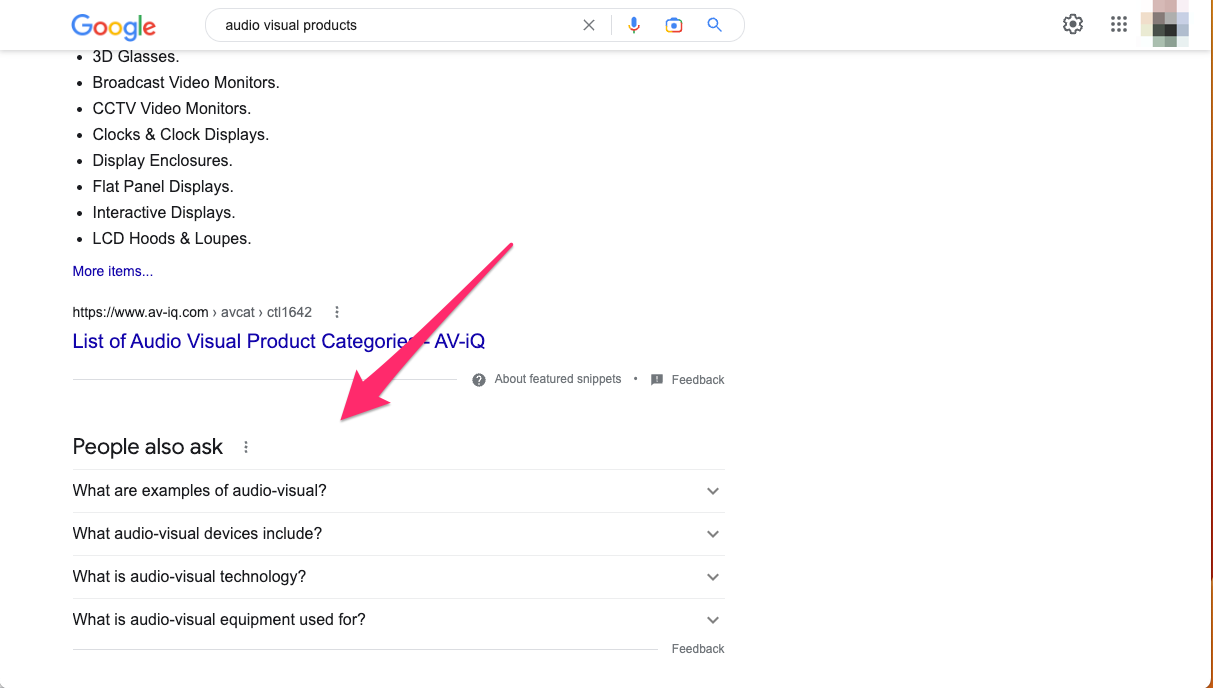
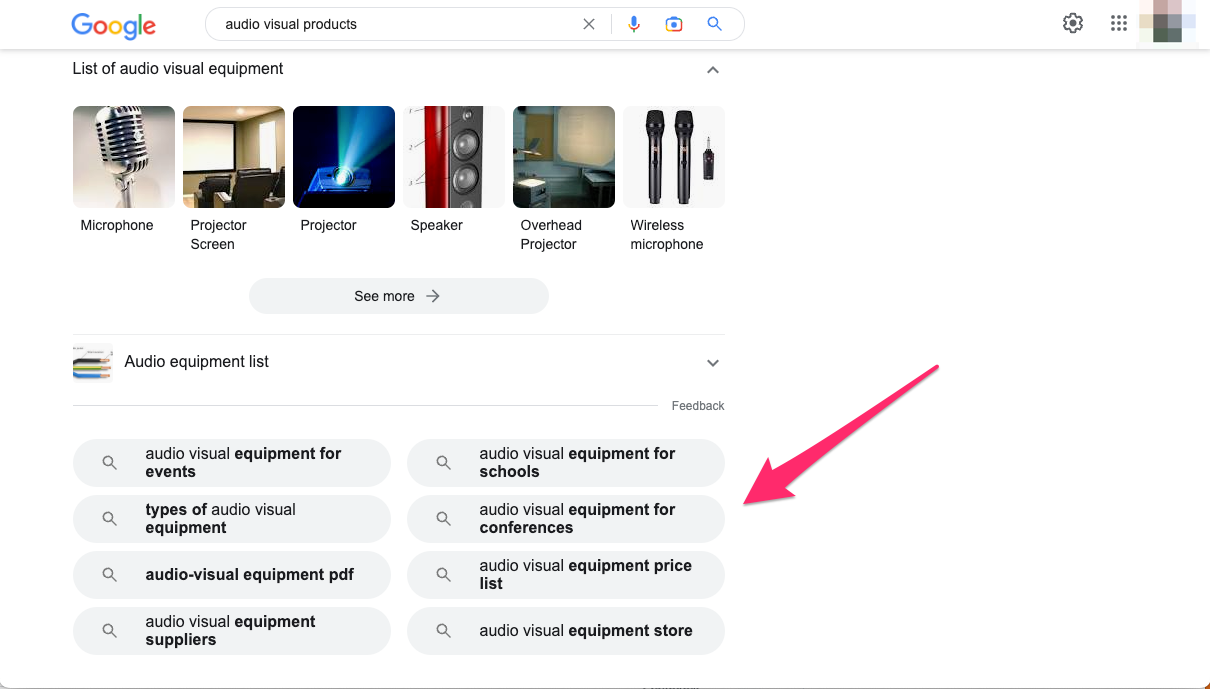
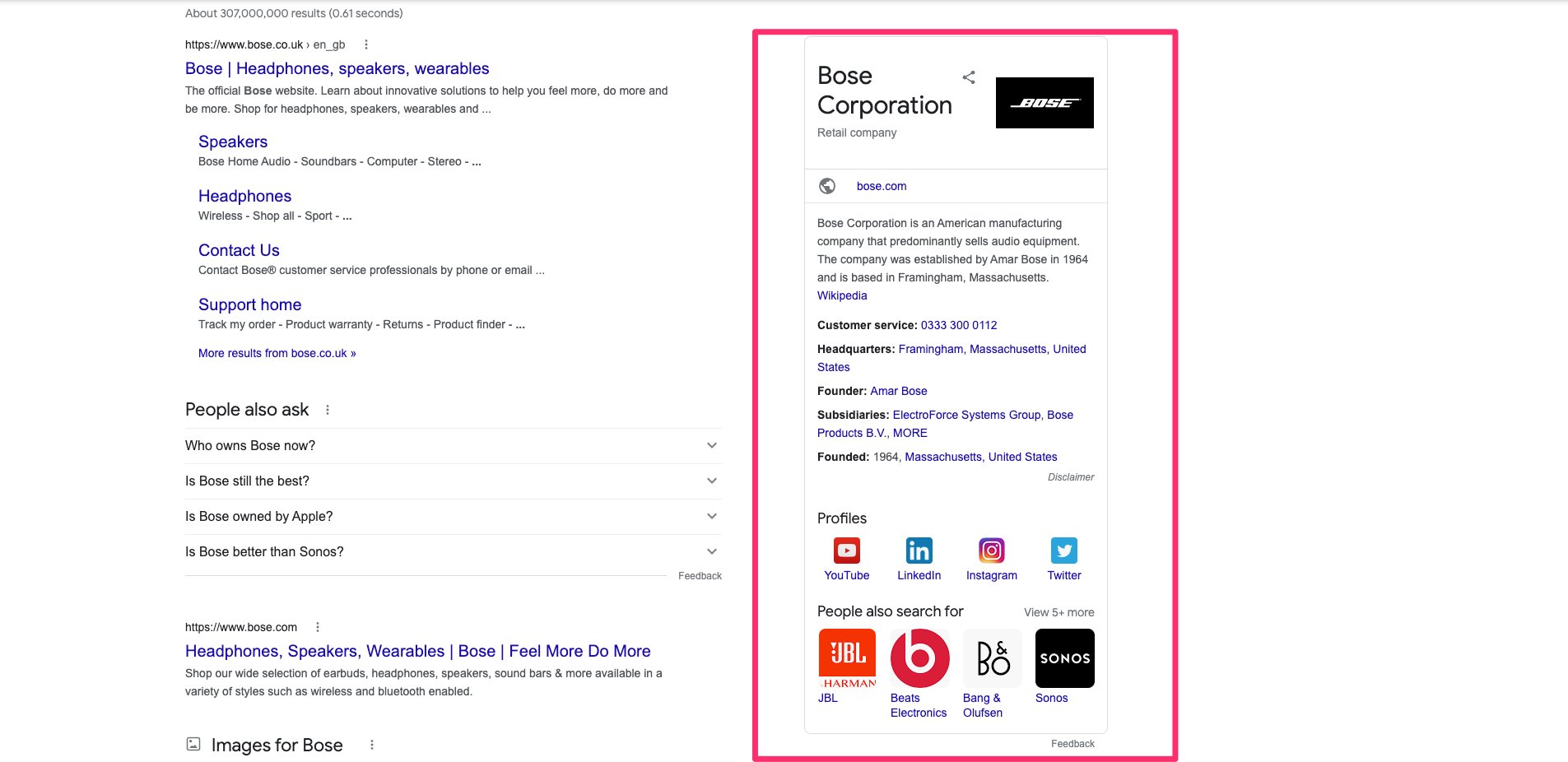
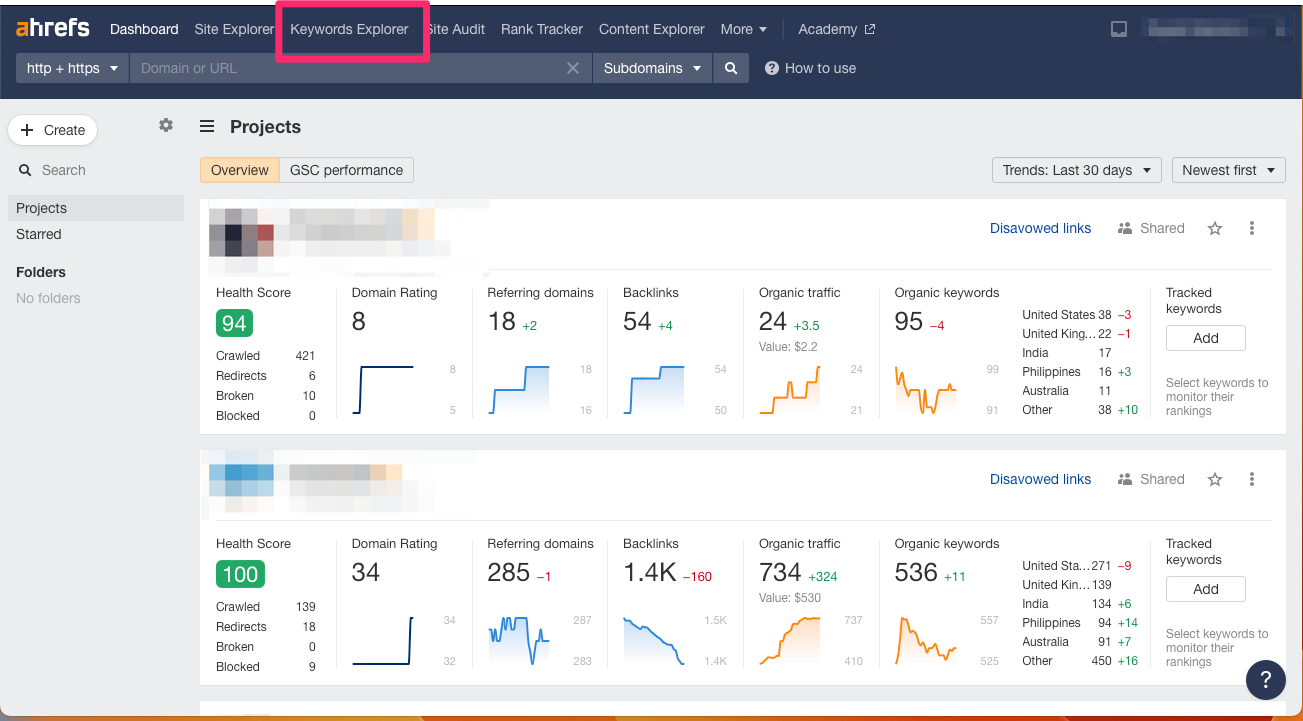
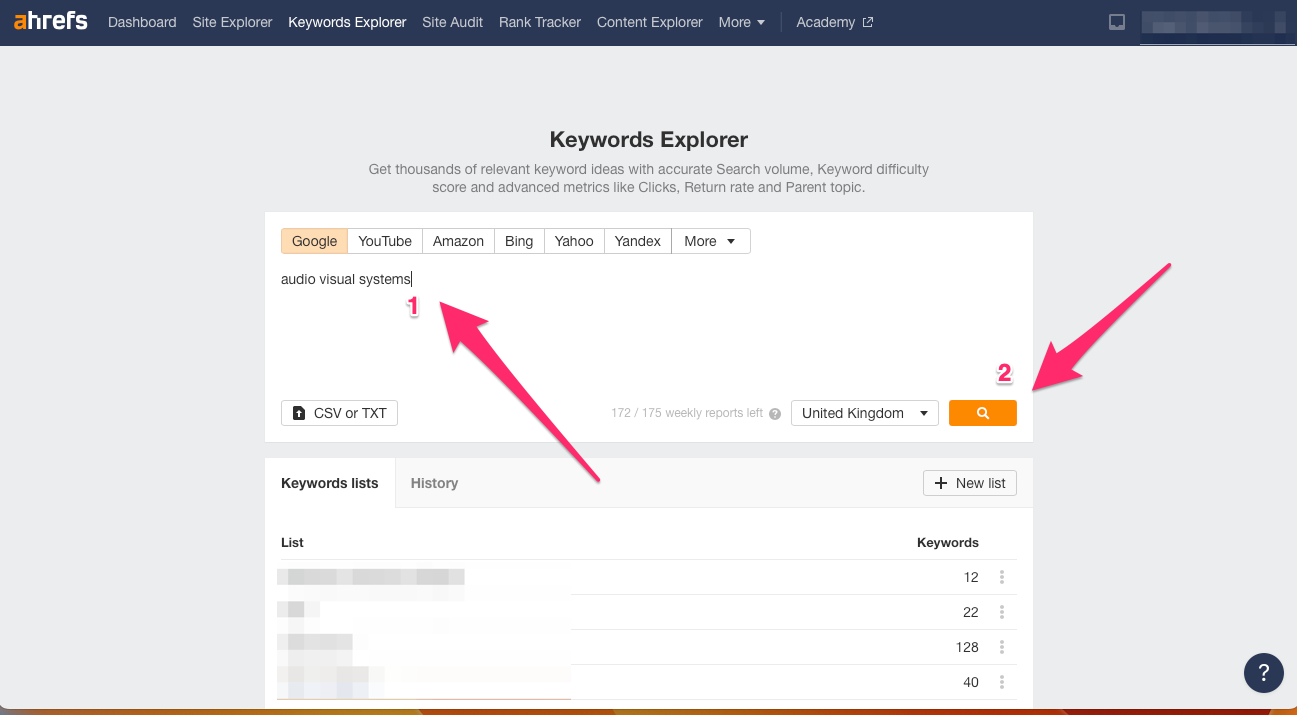
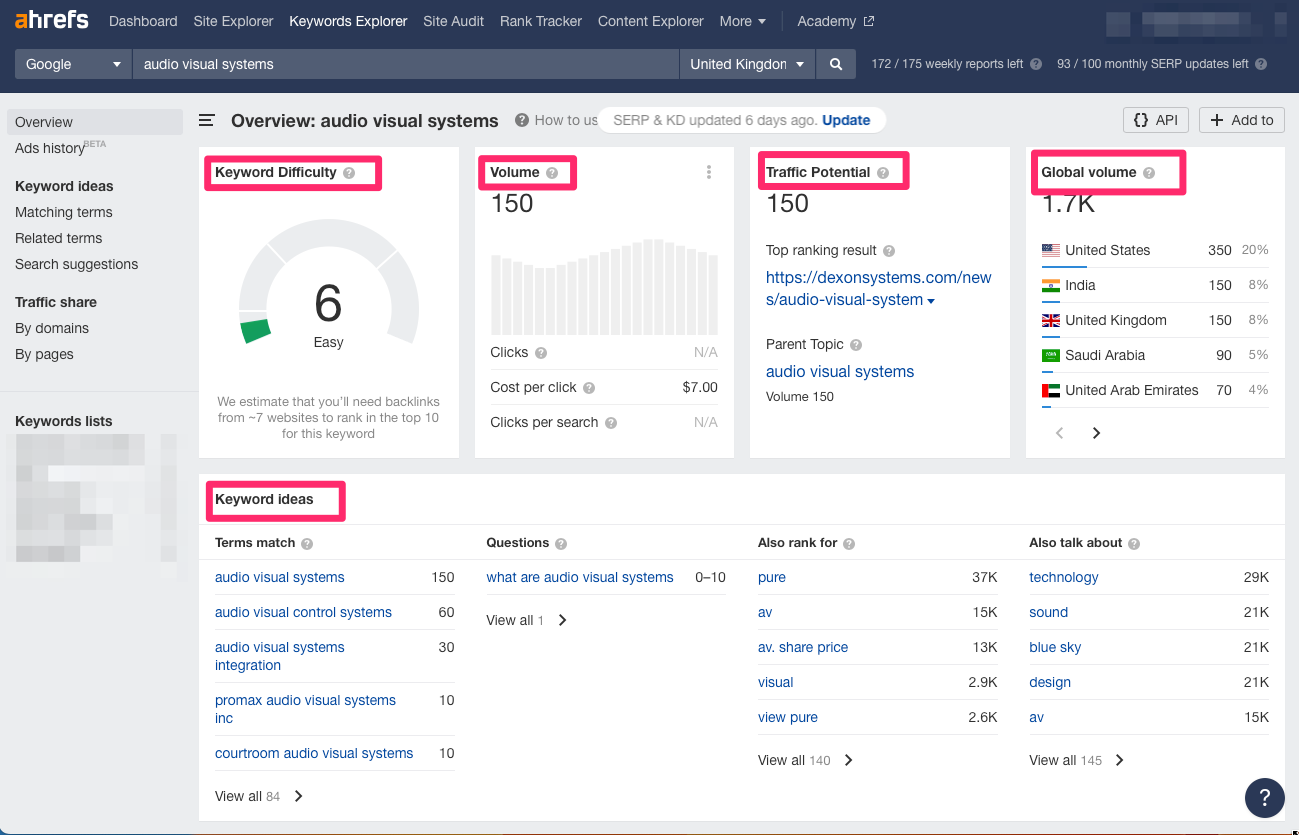
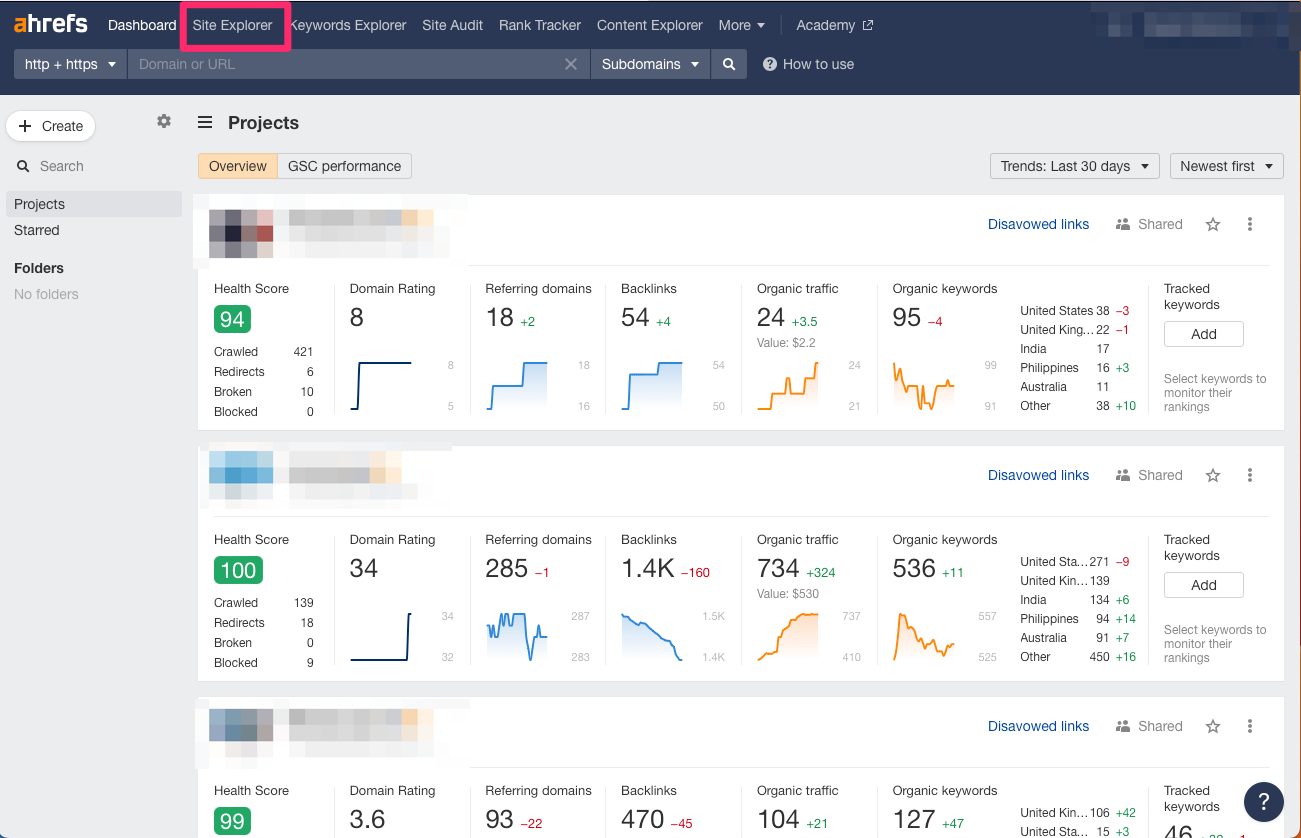
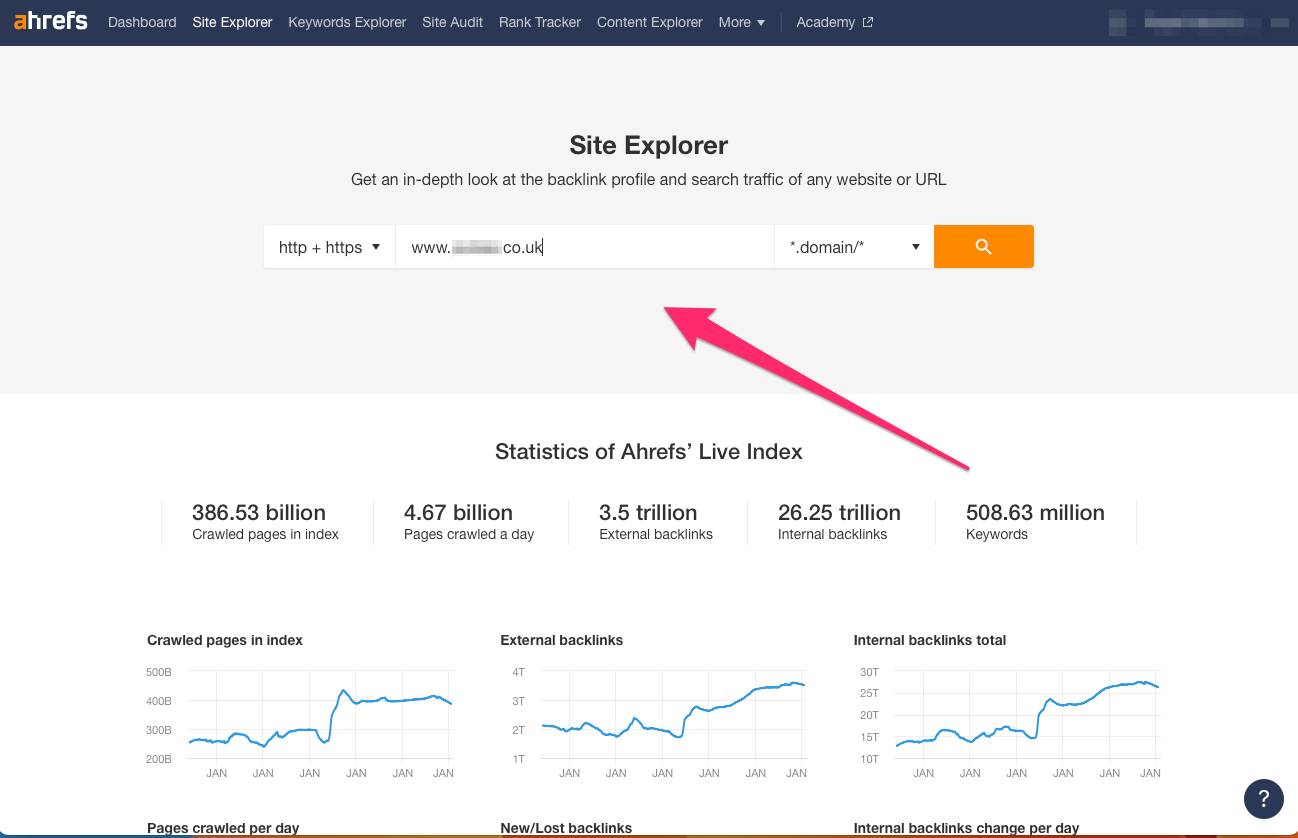
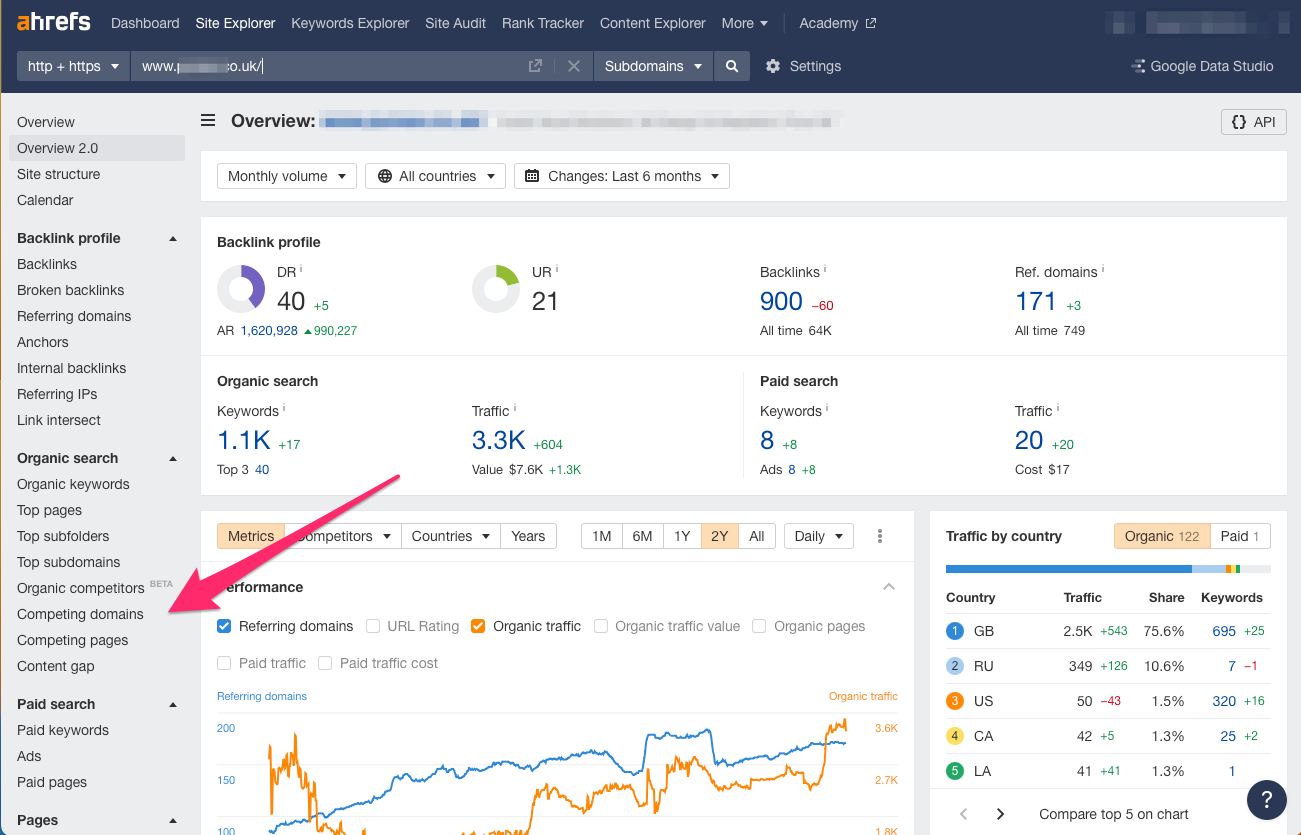
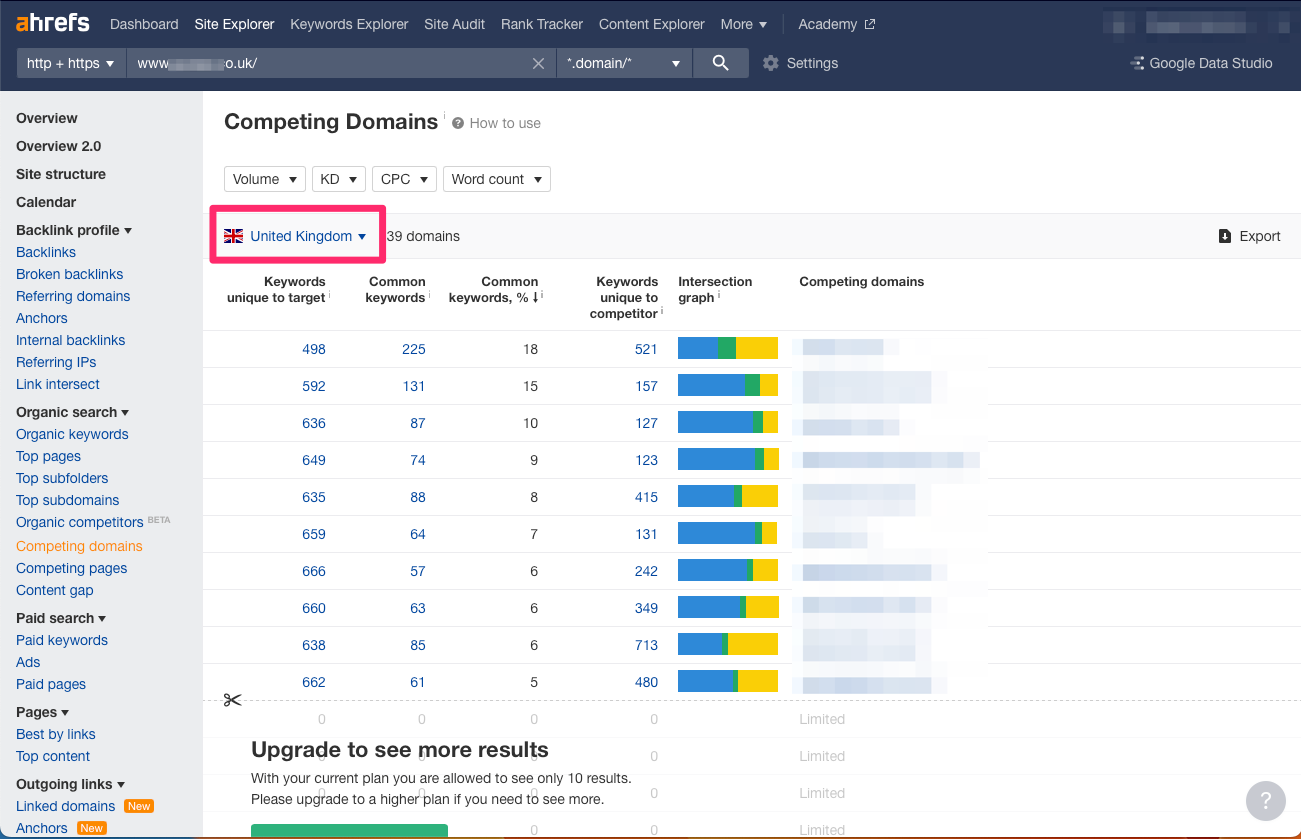
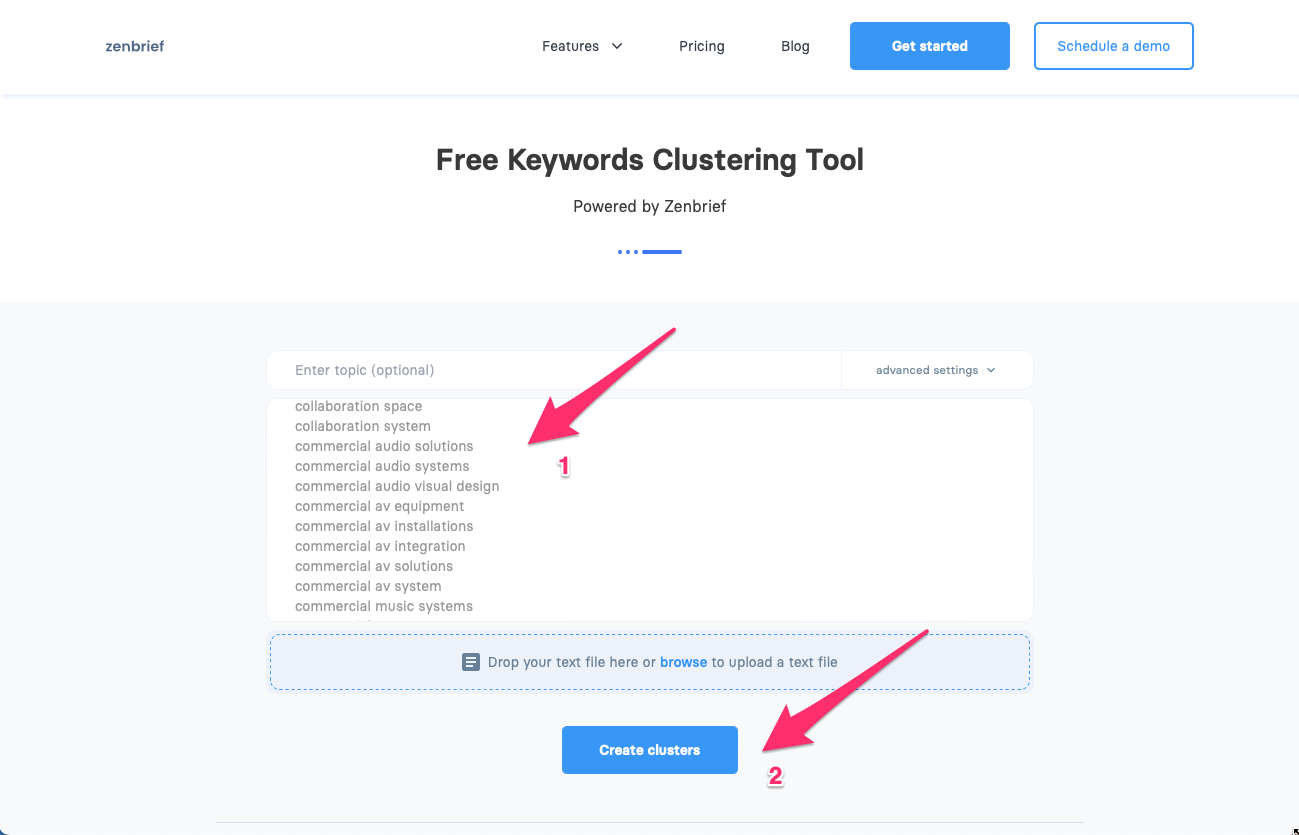
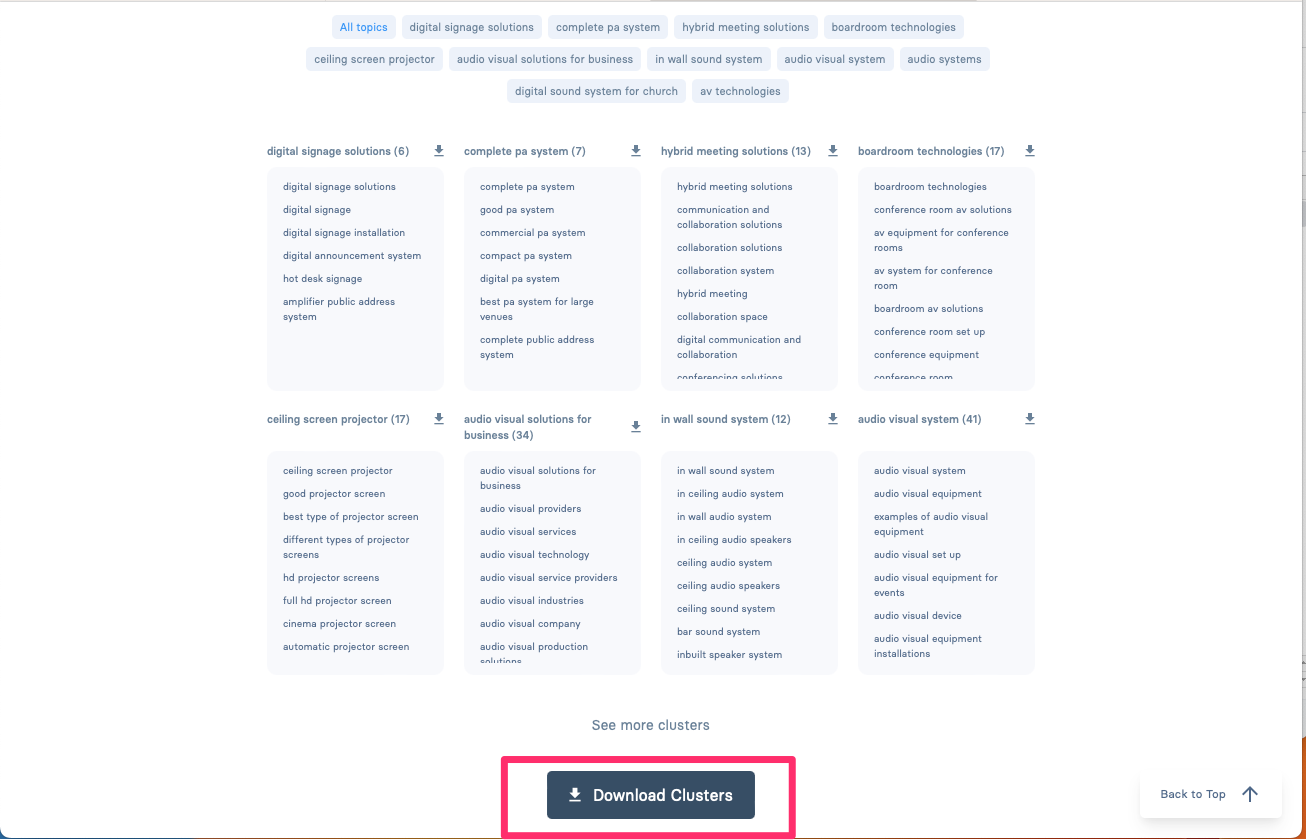

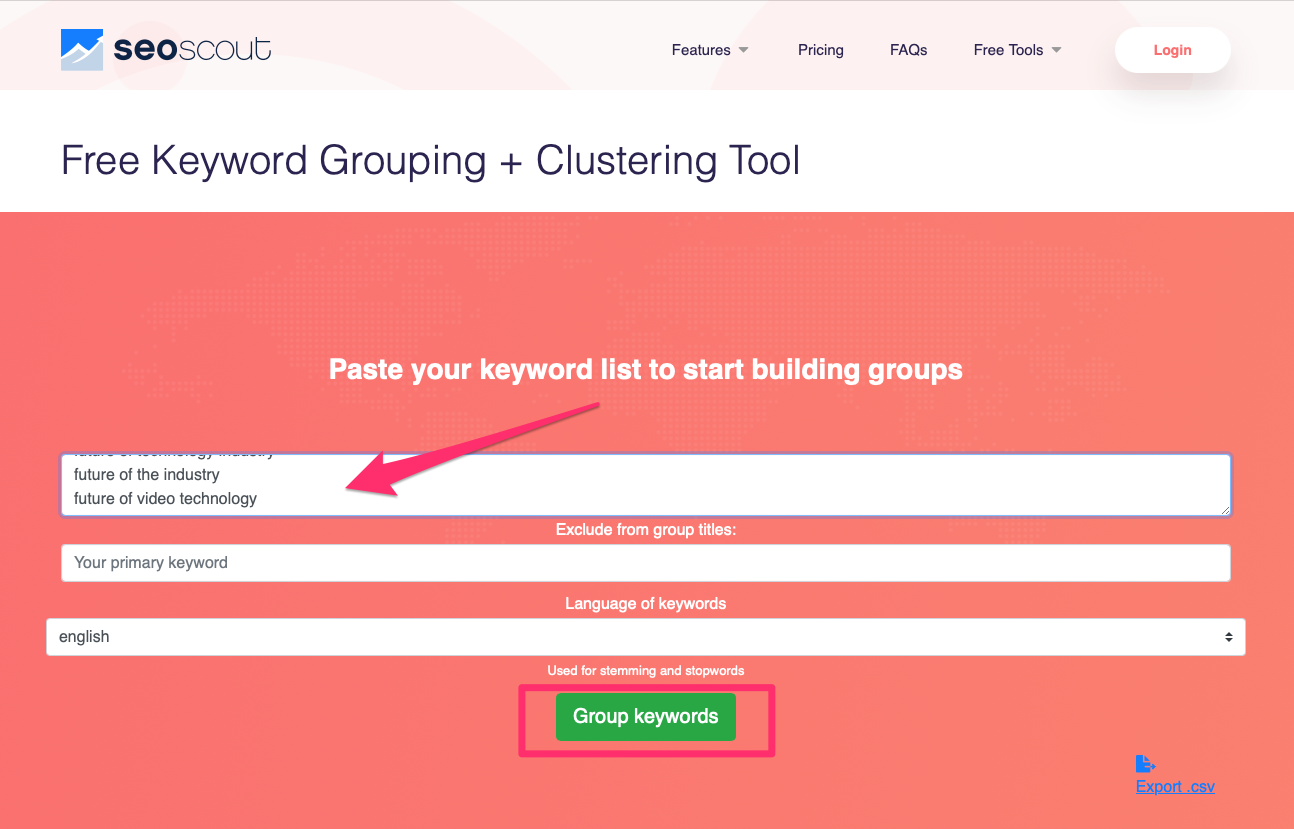
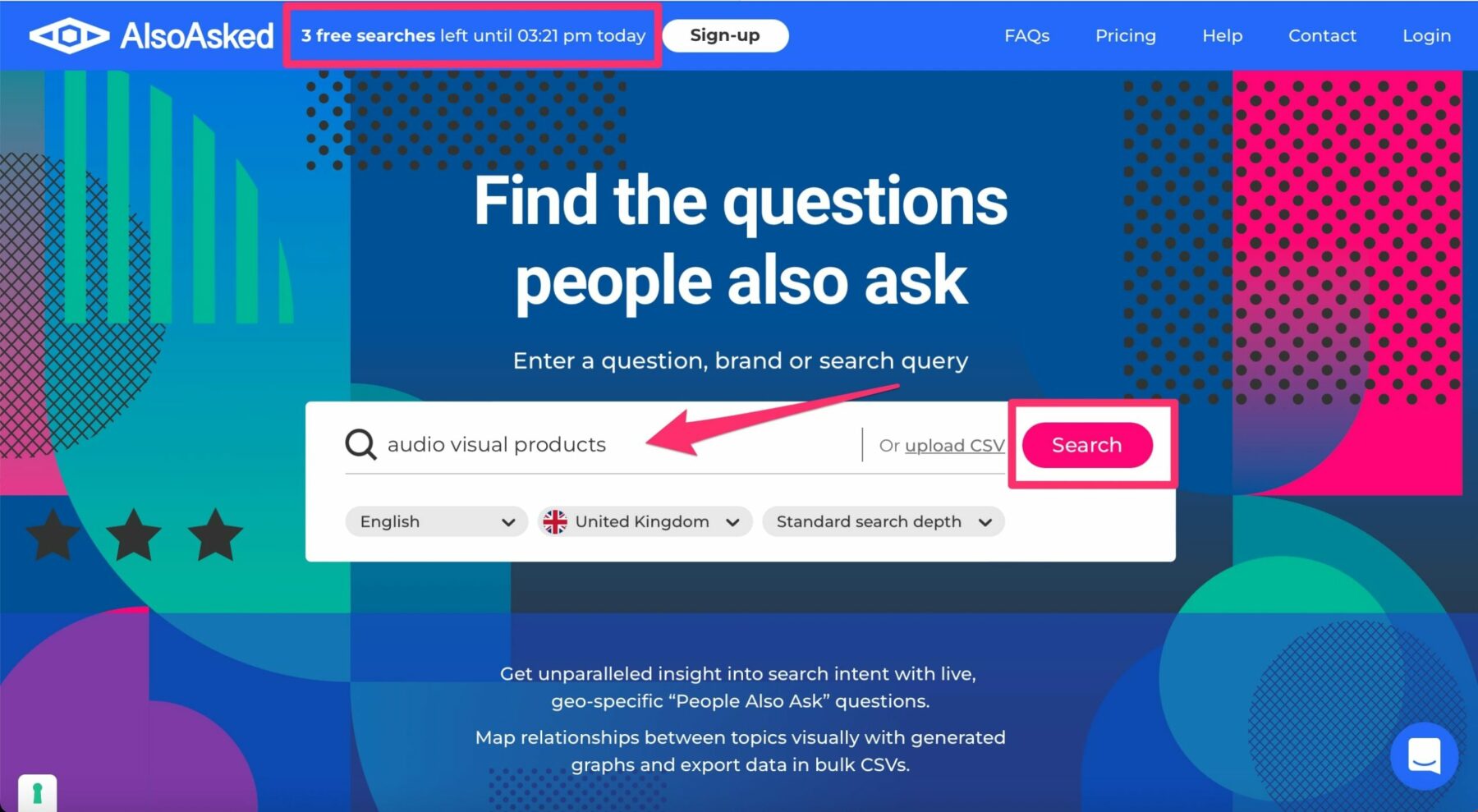

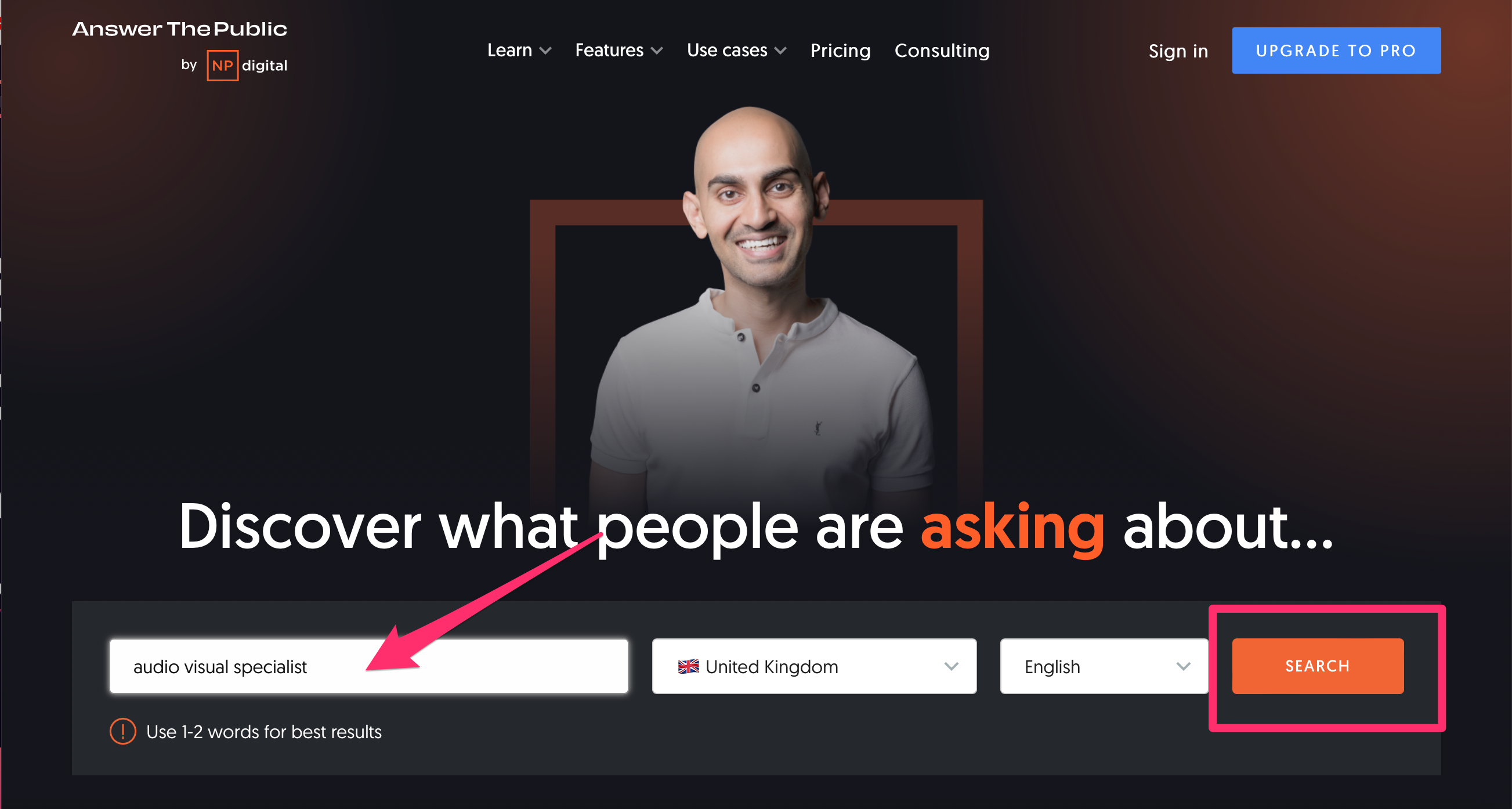
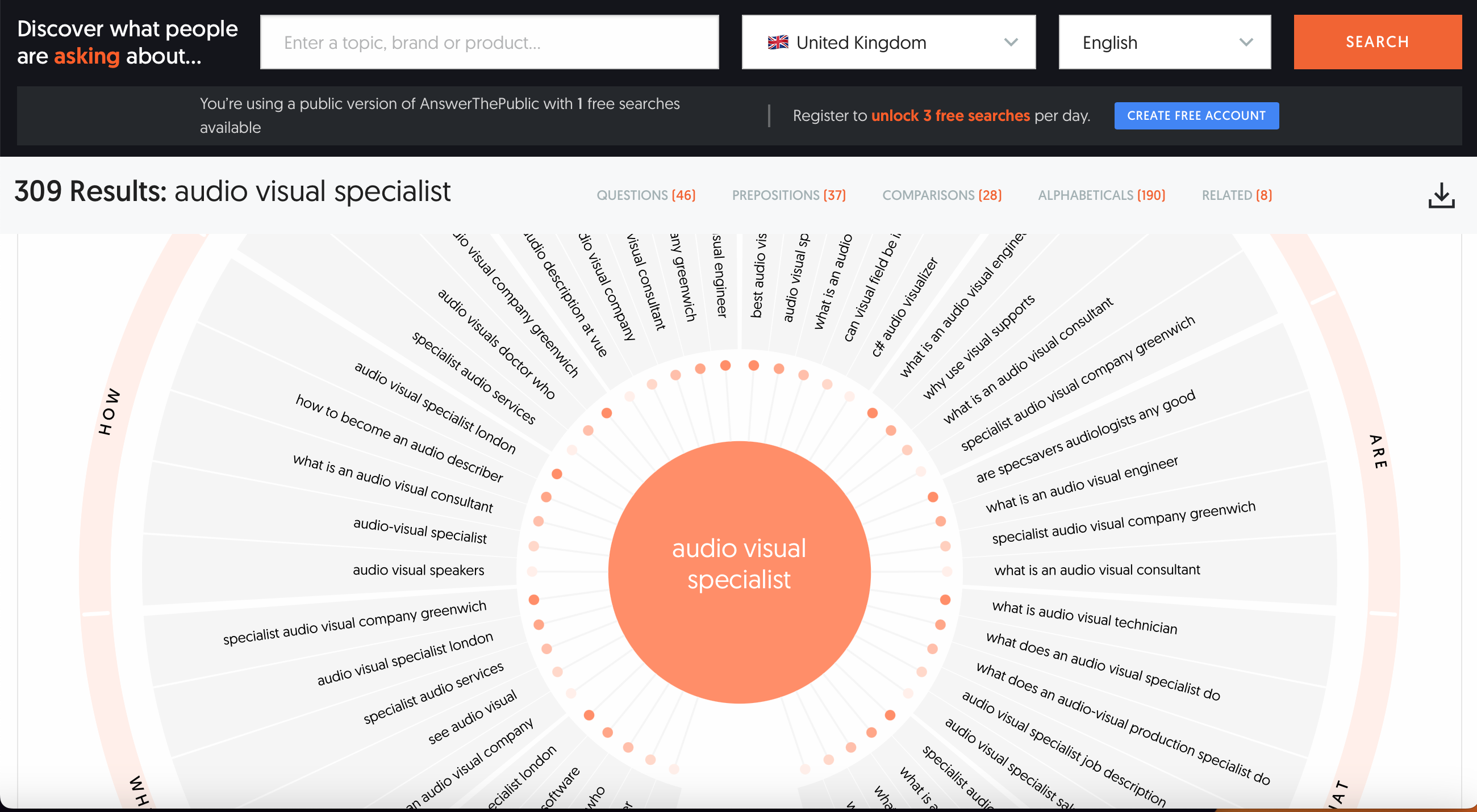








Leave a Comment